The 11th BJIFF
I Owe Him A Cinema Ticket One Century Ago
Not long ago, essays were called for Beijing Film Panorama, which received enthusiastic feedback from film-goers. Today, we post some scripts of @ChrisLee telling the story of the Kid. We also wish to see more film-goers sharing their stories with the Beijing Film Panorama section in the 11th BJIFF, and their stories with these films.
When going on business in Venice International Film Festival a few years ago, I passed by a street corner in a hurry, which was plain-looking and desolate, having no other shops in its adjacency. However, my curiosity was aroused by the graffiti on its walls. The graffiti shows a man wearing a hat and moustache. Anyone having a glance of this guy can recognize this was the iconic role of “Tramp” played by Charlie Chaplin. From a vertical line on the wall, he popped his head out. Below him was a kid who looked as stealthy and erratic as the “Tramp” was.
Due to the busy schedule, I did not stay long. Nor did I take any photo of it. However, the scene was deeply printed in my mind. After going back, I googled the key words and immediately found out the name of the film, the Kid.
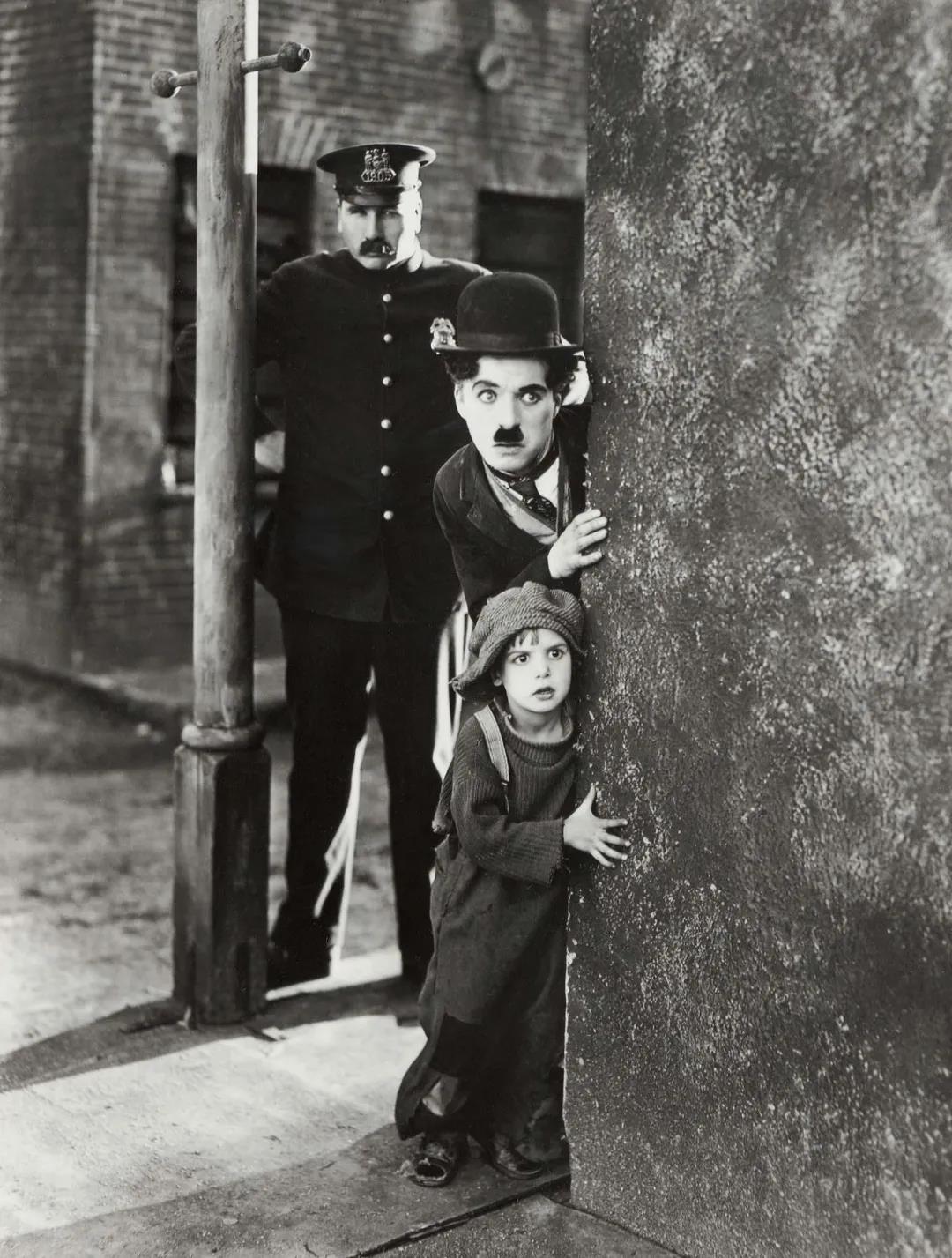
The graffiti was based on this classic stage photo. Even the static expression and posture are full of drama sense.
Though I have not had the opportunity to finish viewing the entire film, I always remember the street corner, whose name I cannot tell, on Lido Island in Venice, and the vivid graffiti of the role played by Charlie Chaplin. Just like what film-goers like to say, it seems that I owe Charlie Chaplin a cinema ticket.
Luckily, the Kid is included in the list of films shown in the Beijing Film Panorama section in the 11th BJIFF. Even more, the Master Review section will also put on show other classic films of Chaplin including the Gold Rush, the Circus, City Lights and Modern Times.

It is really surprising to see Charlie Chaplin films in the Master Review section
Just see what fate can do. I knew this film when attending the overseas film festival. Today, I can see it in the 11th BJIFF right in my own country.
The graffiti alone has lingered in my mind for a long time because of the interesting sense of contrast in it. The “Tramp”, having the high-and-low eyebrows, looked flustered and informal. On the contrary, the kid looked serious like an adult, seeming to wait for something solemn. It quite conforms with my impression on Charlie Chaplin films, which are always full of interesting and vivid details. Such interest comes from his strong power of expression and deep sympathy with nobodies.
Born into a poor family, Charlie Chaplin found himself bonded with the nobody roles played by him. As Charlie wrote in his autobiography, he lived in a small and shabby 12m2 house, where the stairs “were shaky as if they were about to collapse in the next second”, “the domestic air was disgusting, highlighting the sewage in the bucket and the worn clothes”.
At that time, he liked to observe these “big potatoes” on the busy streets or in front of the grandeur hotels, who rode in the luxury horse-drawn carts, wore fashionable suits and gorgeous jewels, and drank the colorful cocktails. However, in the eyes of young Charlie, they looked so arrogant and “funny”.
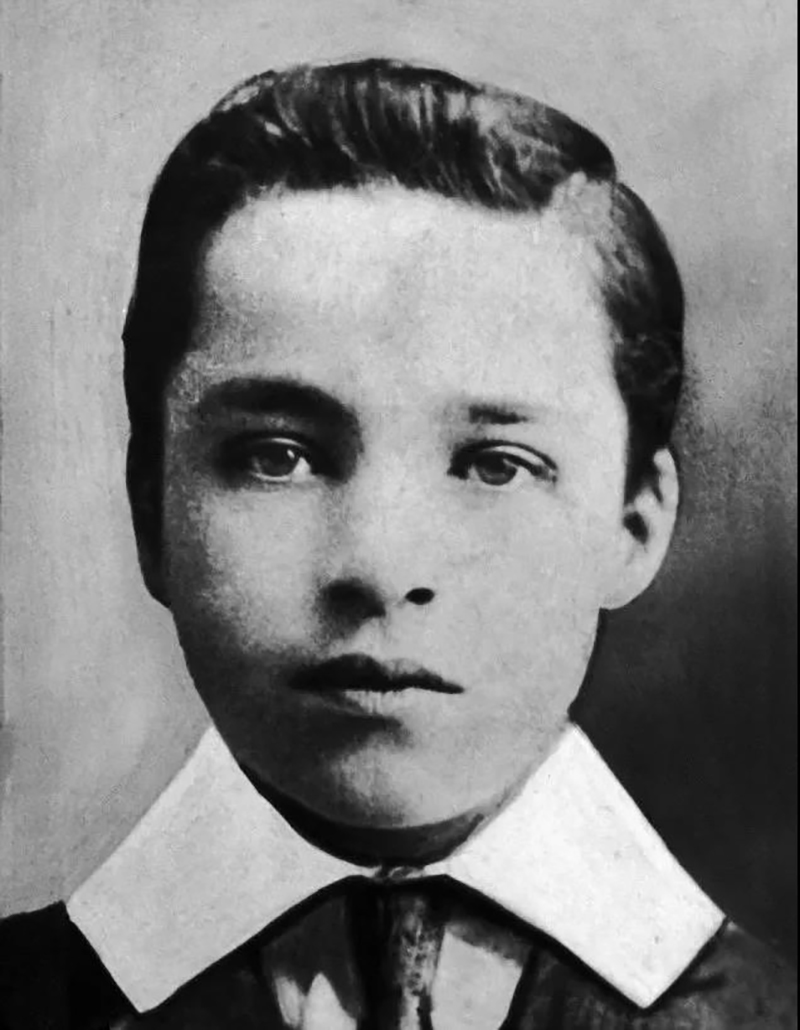
Young Charlie Chaplin
To make a living, Charlie had to learn performance skills in the workhouse before he got onto the stage, where he shone himself thanks to his exceptional observation ability, marvelous perception of poverty and misery, and powerful genius in performance. Quickly, he got into the film industry, playing and directing a number of comedies before he became one of the most famous comedians in the history of films.
In his “Tramp” series films, all hardships experienced by Charlie were transformed into laughter and tears.
In the Gold Rush, the “Tramp” joined the gold rush. Before finding the gold mine, he found it difficult to make ends meet. This moustache-wearing man tried every means to find pleasure out of hardship, piercing into the bun with the fork so that it made a tap dance on the table.
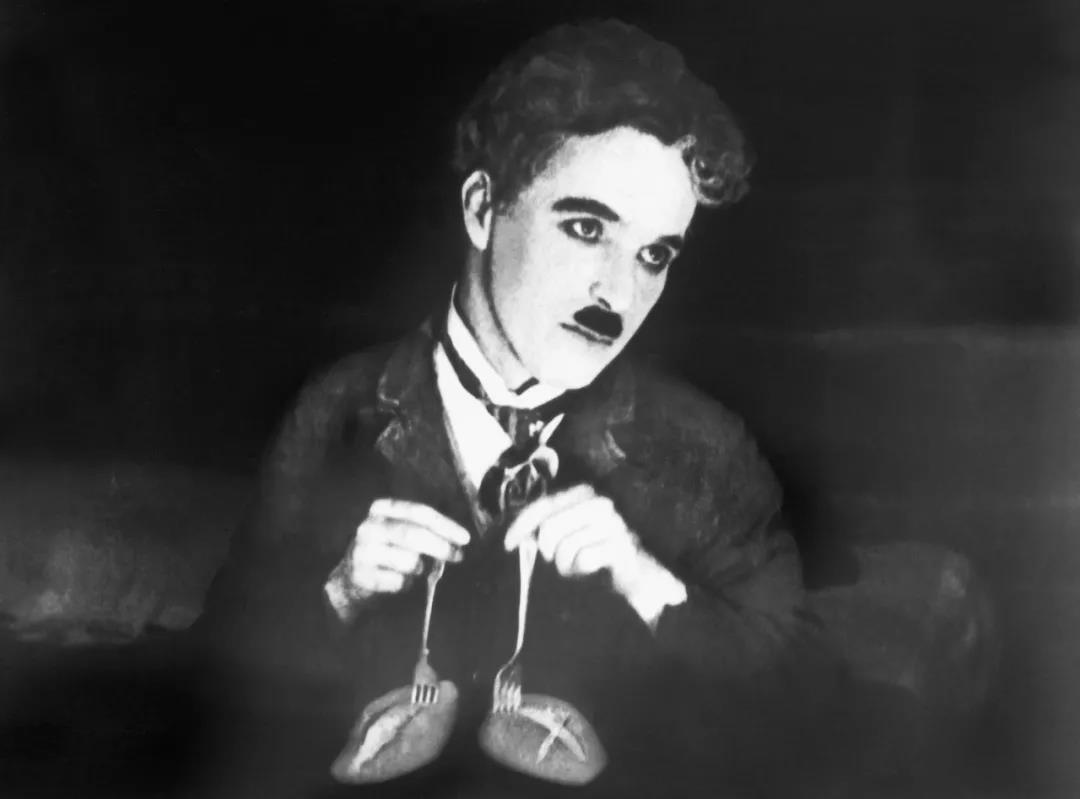
The bun dance in the Gold Rush, now a classic episode in the film history, has been saluted for many times.
In City Lights, the “Tramp”, though living a difficult life, tried hard to get money and cure the eyes of his beloved blind girl. On the boxing ring, the weak “Tramp” was beat heavily by the opponent boxer into a “spinning top”, begging for mercy and arousing great laughter.
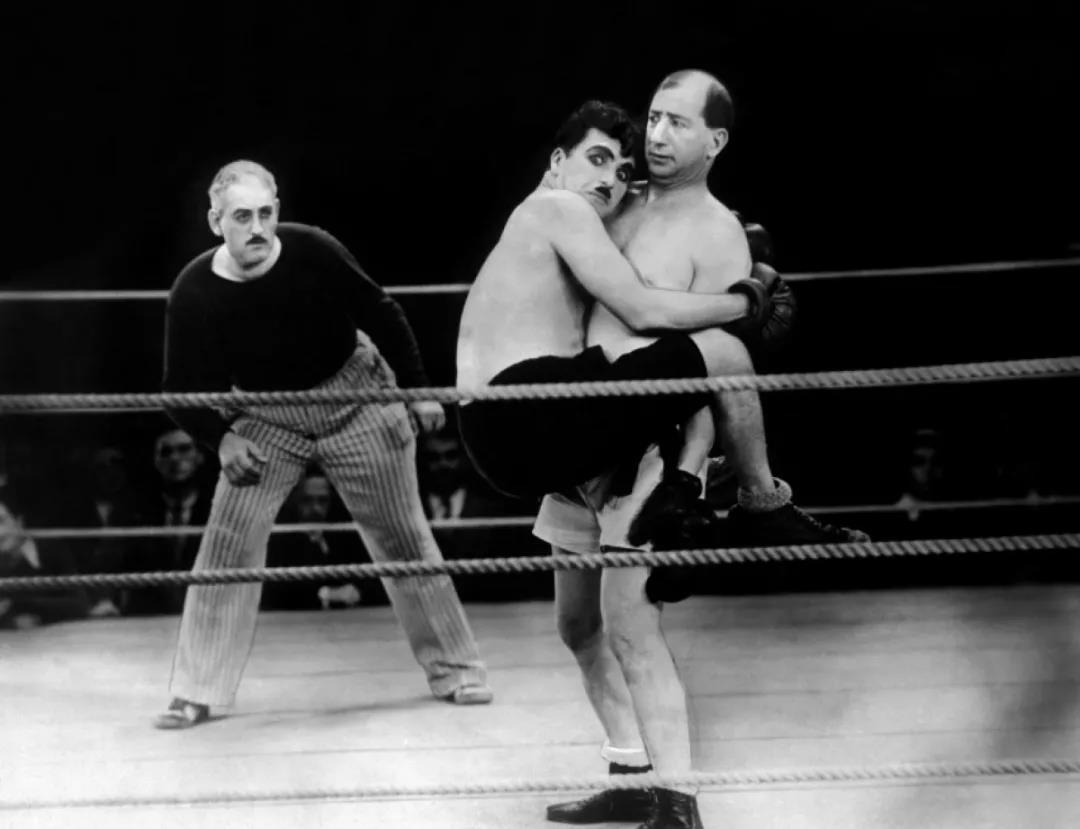
The funny scene on the boxing ring in City Lights
In Modern Times, Charlie played a poor man who had to work on the production line of the capitalist. With vivid performance, he explained what it meant by “sinking into an awkward predicament”. The fight between the “Tramp” and the machine sunk the film-goers into laughter and sympathy.
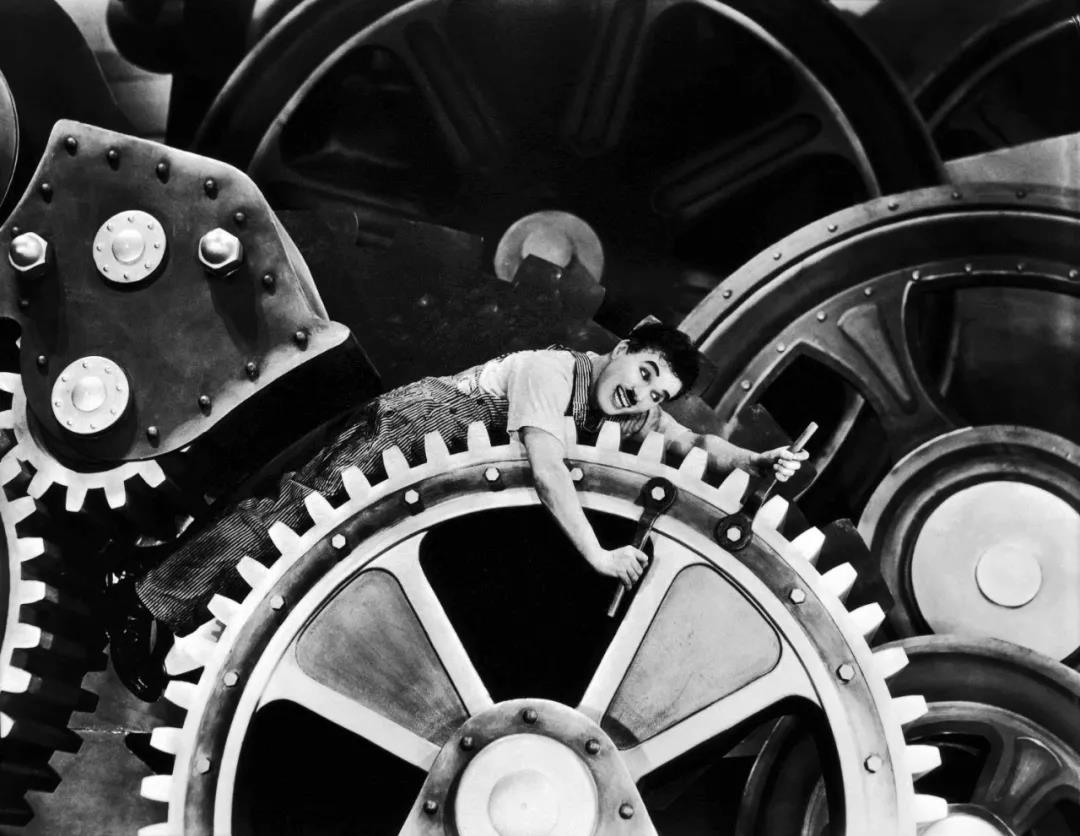
In Modern Times, Charlie Chaplin showed us how the nobody was “alienated” in the capitalism.
The Kid was filmed in 1921, earlier than the films mentioned above. This year marks the 100th anniversary of the film. It is said the sincere feelings of the mother-kid separation in the film were partially originated from Charlie’s personal experience of having to leave his mom and learn performance skills in the workhouse. In other words, Charlie had started to, in 1921, integrate his comprehension of life, his joy and pains into his films.
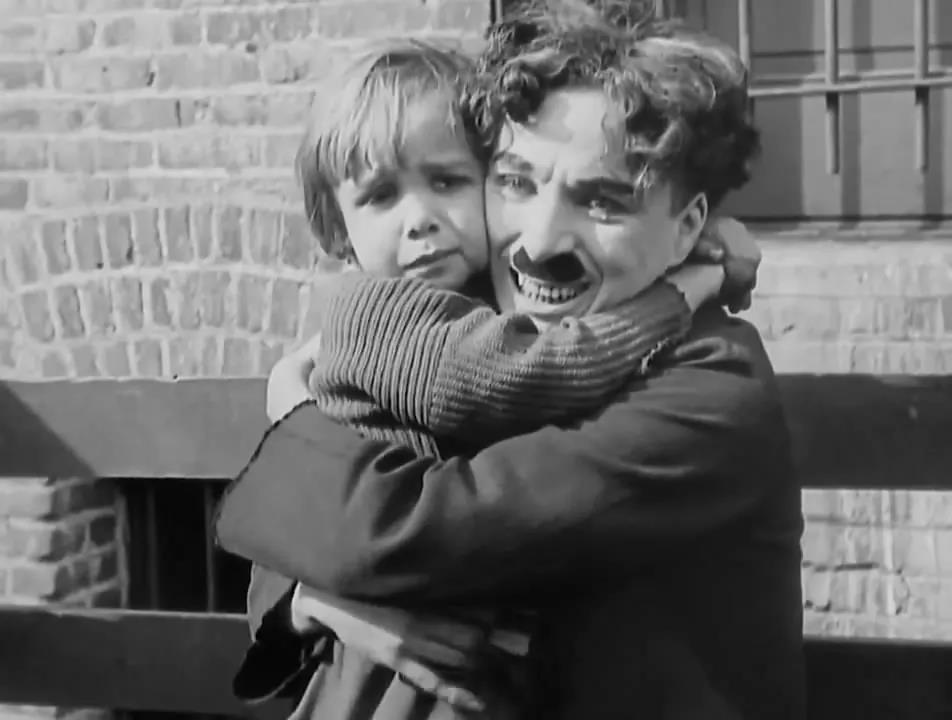
Tears in laughter in the Kid
By observing the graffiti alone, one can recognize the cynicism, solemnity and maturity of the “Tramp” and the kid, which are not commensurate with their age and status. That is the color brought by their misery life. I look forward to finding Chaplin’s sympathy and resonance for small people, his open-minded and optimistic attitude towards life, and his consistent compassion in his films made 100 years ago, so that I can locate the source of his works.
Finally, I can pay back for the cinema ticket that I owe Charlie Chaplin 100 years later.
I wish to thank the 11th BJIFF for giving me the opportunity to meet again the Kid.
